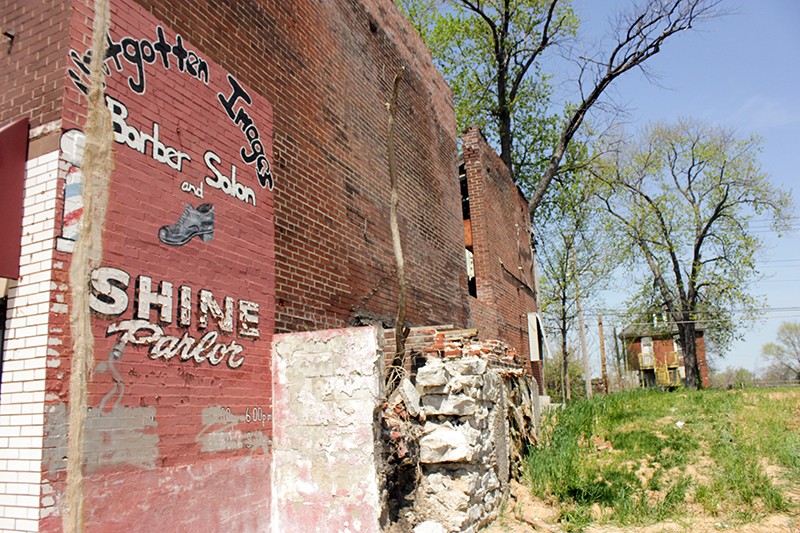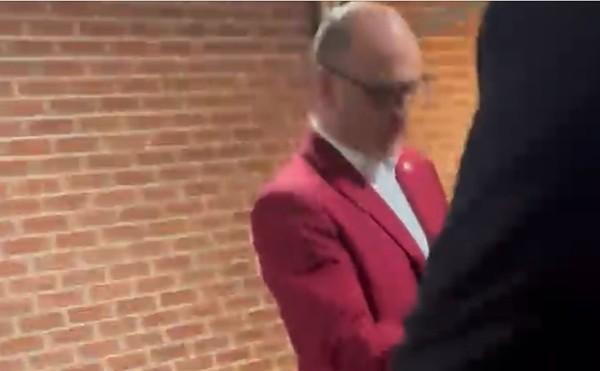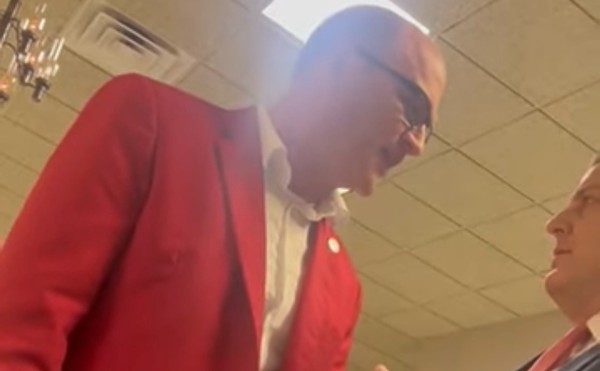
PHOTO BY DANNY WICENTOWSKI
Disinvestment has left parts of north city in distress. Turning these areas around is a major goal of St. Louis' new Office of Resilience.
On Thursday morning, the walls inside the Best Place Event Center on Martin Luther King Drive were covered with posters, notes and bulletin boards laden with messages in black marker. The messages reflected the previous day's workshop sessions bringing together the city officials, private institutions and local community development activists who are participating in the Rockefeller Foundation’s 100 Resilient Cities Initiative.
At the core of the discussions is St. Louis' "resilience," a catch-all term for the challenges facing the city as it attempts to confront the factors behind the conditions found in hard-hit neighborhoods, particularly those places languishing far outside the city's development-rich central corridor.
In particular, they are looking at the neighborhood just outside the event center's front door, Wells-Goodfellow.
The neighborhood, which lies on the city's western border just south of I-70, has a largely minority population and suffers from high rates of poverty and crime.
"The reason we focused Wells-Goodfellow is that it's one of the most challenged communities we have," explains Patrick Brown, the city's Chief Resilience Officer. The position is funded by the Rockefeller Foundation under a grant awarded to the city after a successful 2014 application made by the administration of former Mayor Francis Slay.
At the time, the city's application was specifically tied to the protests in Ferguson and the social issues that unrest brought to the fore. More than two years later, though, Brown says the mission isn't necessarily focused on protests, but on economic resilience. That's what's brought the program to Wells-Goodfellow, a neighborhood that suffers from shocking levels of vacancies — empty and crumbling houses are a depressingly common sight on MLK Drive — as well as disinvestment and few assets to attract new businesses.
"When we looked at some of the data, especially around housing, we realized that only one new home loan was approved in the Wells-Goodfellow neighborhood, and that was for a white guy," Brown notes.
"We know that a certain percentage of black applicants were denied and a certain percentage of white applicators were denied," he continues, "and that tells us a story. What conversations do we need to have with banks about their lending practices? What do we need to do to help people be more prepared for when they want to apply for a home loan? That’s the approach that we’re taking."
The two-day collaborative workshop in St. Louis this week represents the first time that 100 Resilient Cities has convened its partners for an on-location effort to analyze economic resiliency on the local level, says Jeb Brugmann, the program's director of solutions development and innovation.
Brugmann believes St. Louis is "rich with resources," but that those tools aren't always deployed well. Beyond the lack of a city-wide economic development plan, he says that developers are often trapped in a "nightmare" trying to pierce the city's bureaucracy.
"There's a lot of potentially progressive developers out there in the county who don’t bring their know-how and their investment to St. Louis because learning the whole permitting process here and navigating around it is not transparent," he says.
One possible solution would be a "concierge" system, which Brugmann suggests could be used to attract developers to economically distressed areas.
"The city could say, 'We offer a special service to developers that do social impact real estate,'" explains Brugmann. "And ifyou come to our city with your models and experiences and investors, we will help you through the process."
One organization that's already expressed interest in St. Louis is theManchester Bidwell Corporation, a Pittsburgh-based nonprofit that's already exported its model for youth education centers to ten cities around the country. St. Louis, says Brown, is interested in becoming the eleventh, though the conversation around making it happen remains in the early stages.
Still, the 100 Resilient Cities grant paying for Brown's salary will expire at the end of this year, and it remains to be seen whether this week's two-day "CoLab" will produce real results. The real trick won't just be improving a single neighborhood, but strengthening the city overall.
One of the attendees, Andrew Arkills, says he's cautiously optimistic. A data analyst by trade, Arkills is also a member of Team TIF, a group that's been highly critical of the city's development and incentive strategies. By giving big tax breaks to developers, the group believes the city is sapping itself of resources while driving money into the central corridor.
On Wednesday Arkills sat at the same table as his frequent opponent on matters relating to city development, Otis Williams, director of the St. Louis Development Corporation.
The CoLab, says Arkills, "was good in the sense that we're not, as a city, claiming to have all of the answers, and we're not afraid to seek outside help. It was a good exercise for what can happen if you get folks in the same room for a day and a half to work in a focused way, and to come up with solutions that don’t require five more months of thinking and mapping out."
The mayor's office says that the city plans to release a report on those possible solutions later this month.
Follow Danny Wicentowski on Twitter at @D_Towski. E-mail the author at [email protected]





